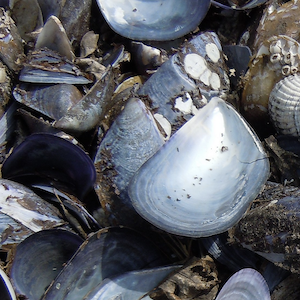Occurrence of trace elements in Mediterranean mussels (Mytilus galloprovincialis Lamarck, 1819) from an experimental pilot farm in the Calich Lagoon (Sardinia, Italy)

Submitted: 14 July 2021
Accepted: 16 November 2021
Published: 24 February 2022
Accepted: 16 November 2021
Abstract Views: 625
PDF: 288
HTML: 23
HTML: 23
Publisher's note
All claims expressed in this article are solely those of the authors and do not necessarily represent those of their affiliated organizations, or those of the publisher, the editors and the reviewers. Any product that may be evaluated in this article or claim that may be made by its manufacturer is not guaranteed or endorsed by the publisher.
All claims expressed in this article are solely those of the authors and do not necessarily represent those of their affiliated organizations, or those of the publisher, the editors and the reviewers. Any product that may be evaluated in this article or claim that may be made by its manufacturer is not guaranteed or endorsed by the publisher.

 https://doi.org/10.4081/ijfs.2022.9970
https://doi.org/10.4081/ijfs.2022.9970



